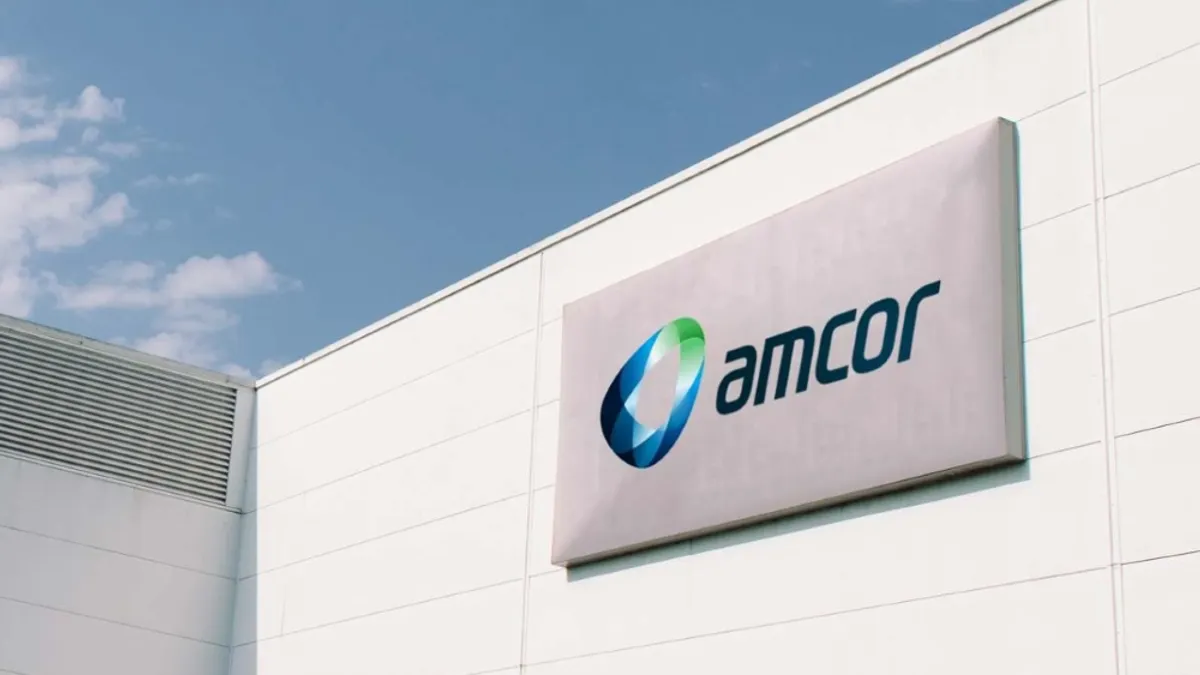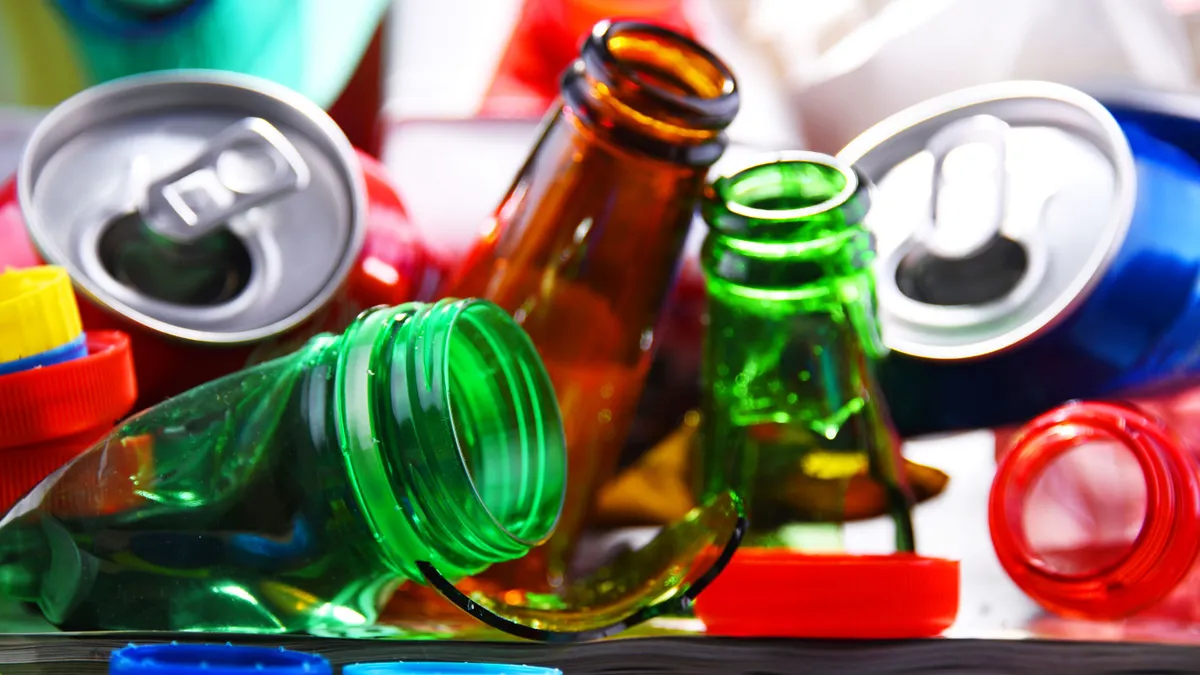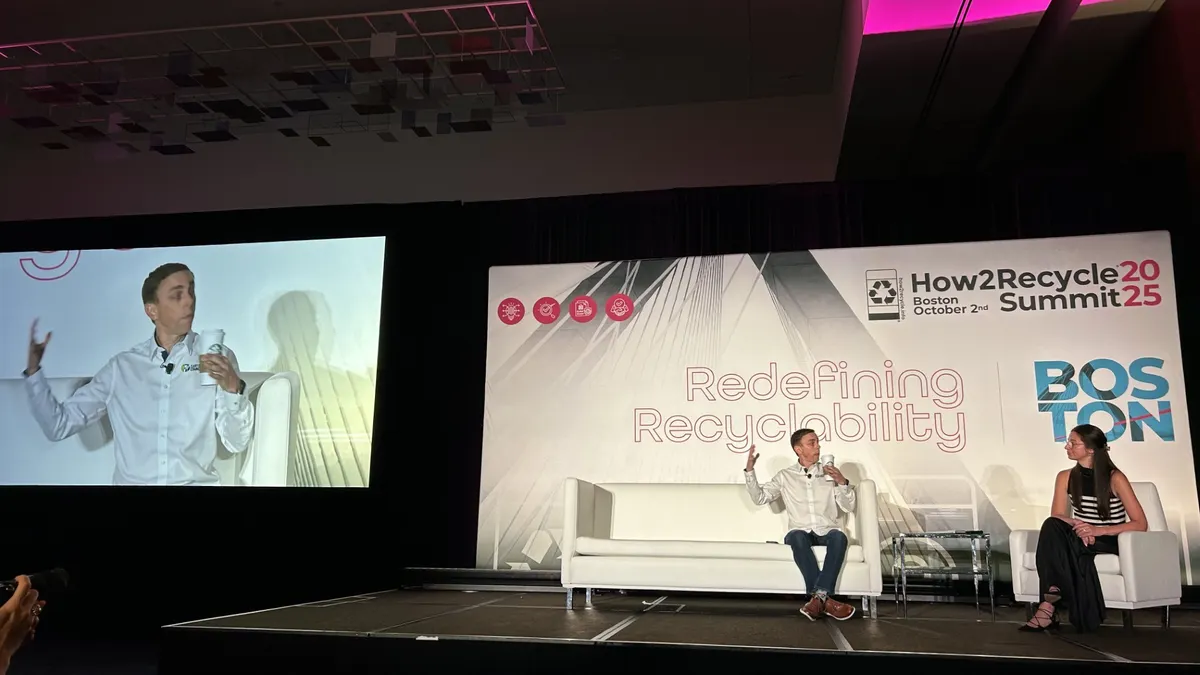The U.S. Plastics Pact is under new leadership, as Jonathan Quinn assumes the CEO position. The change comes as USPP advances its newly redefined roadmap for creating a “plastics circular economy.”
USPP made the announcement Wednesday, saying the change takes effect immediately. Quinn takes over for Emily Tipaldo, who has led the organization as executive director since its inception in 2020, as part of the Ellen MacArthur Foundation’s global Plastics Pact network.
Quinn arrives at USPP from the API Group and Accredo Packaging, where he joined as global vice president of marketing and sustainability in July 2023. Prior to that, he worked at film supplier Pregis and at Nova Chemicals. Quinn said in an interview that his more than 15 years in the plastics space make him well suited to lead USPP’s circular plastics economy efforts.
Quinn called being in the sustainability world an opportunity “to right the wrongs of the industry from the ‘80s and ‘90s that really didn't focus on enabling sustainability or enabling a circular economy.”
“For me, the opportunity is to really push the industry forward ... to help enable an industry that for all the conveniences and all the benefits that plastics provides is also making sure that we're providing and enabling a circular economy and bettering the environment,” he said.
Quinn also sees opportunity in examining solutions for certain items on the list of problematic materials that USPP activators created collaboratively. Some of the items, such as expanded polystyrene, could be effectively recycled if specific barriers are overcome, he suggested.
“The value [of EPS] has not been able to be replaced — the value and protection it provides — but the back-end collection is incredibly difficult,” he said. “That's an opportunity for members of that business, that market, to come together. And I see that as being an opportunity for Pact to help facilitate some of those conversations.”
USPP has acknowledged that activators are unlikely to meet some of their 2025 goals, but that won’t end the overall initiative. Last month, the organization released its updated strategic plan, dubbed Roadmap 2.0., which organizers intend to guide activators’ efforts beyond 2025. The plan lays out targets for 2030, some of which are new ideas while others continue efforts described in the previous guide.
USPP does not intend to change the current Roadmap to 2025 or Roadmap 2.0 following the leadership change, said an organization spokesperson via email, noting the guides were created collaboratively with activators and partners, not just by USPP staff.
“I've always admired the transparency that the Pact enables. That is incredibly critical and incredibly vital for all activators, no matter which side of the supply chain they may sit,” said Quinn. “As far as the roadmap, specifically, I think the key, for me, is around the recycled content incorporation — and how that aligns with the significant investment that we're seeing in the PCR market and capacity, and how that is going to align with and be supported by the Pact.”
While the ultimate goal is to “put appropriate focus” on all plastics, Roadmap 2.0 pays greater attention to film and flexibles than the previous version, the USPP spokesperson said. Quinn said his expertise is uniquely aligned with that, considering his work largely has centered on flexibles.
“I do feel that I bring the knowledge, the perspective and the understanding of the hurdles and challenges associated with the flexibles side. And I think the growth of the flexibles market is why there's so much need to make sure that we're doing it the right way,” Quinn said.
As Quinn comes on board, USPP decided to change the position’s title from executive director to CEO to better reflect the role’s current responsibilities, the spokesperson said.
Tipaldo chose to step away from the role to focus on her young family, according to a USPP LinkedIn post. Tipaldo will remain in an advisory role for at least a month to assist with the transition and maintain mission momentum, the spokesperson said.
Quinn said in an interview that he’d rather “be joining Emily than be replacing Emily” and appreciates her commitment to “be a cheerleader” during the transition.
“There's a lot of similarities between me and Emily ... We have very much shared vision, shared perspectives,” Quinn said. “But we're also different people, and so there's going to be things that I'm going to do differently than maybe Emily would. But I think at the end of the day, our hearts are both in the same place when it comes to this, and we’re going to see to it that this doesn't cause a disruption.”


















